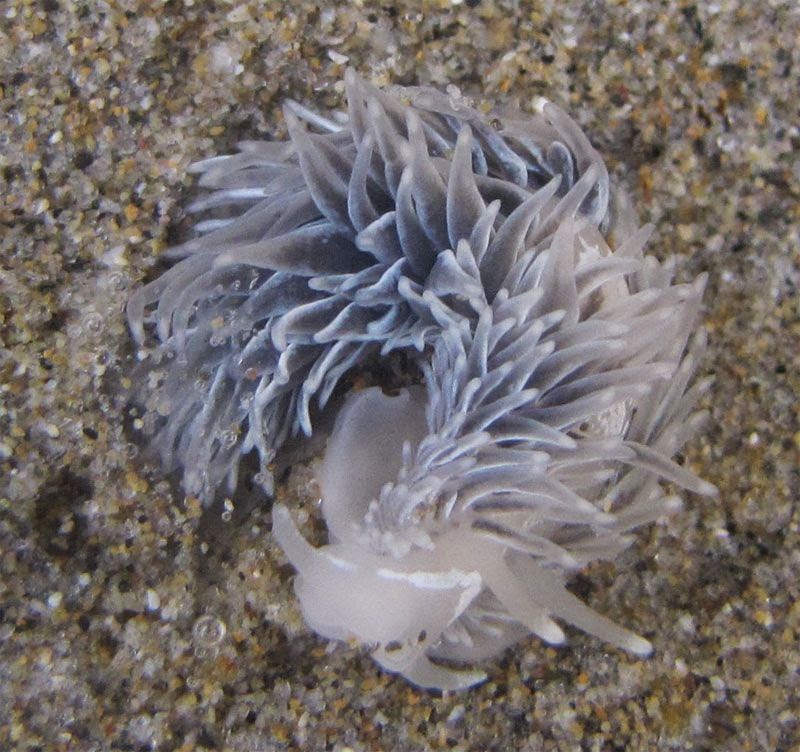April 14th - April 20th 2014

Daily Low Tides Monday, April 14th 0.4' @ 6:58 AM Tuesday, April 15th 0.0' @ 7:36 AM Wednesday, April 16th -0.3' @ 8:14 AM Thursday, April 17th -0.5' @ 8:53 AM Friday, April 18th -0.5' @ 9:35 AM Saturday, April 19th -0.4' @ 10:21 AM Sunday, April 20th -0.1 @ 11:13 AM Notes from the week: The third week in April was a typical spring week on the North Coast. The weather went from sunny, to pouring rain and strong wind, to sun again, back to rain, and ended with sunny weather but high surf. Our highest visitor count was 110 people in the intertidal at one time during the beach shift on Friday, April 18th; thankfully that was one of the nice days! It was a busy week for HRAP! On Thursday we kicked off Cannon Beach's annual 12 Days of Earth Day Celebration with the "Welcome Tufted Puffin" ceremony at Haystack Rock. We opened the festivities with students from Seaside Heights Elementary, Cannon Beach Pre-School, and Fire Moun...




